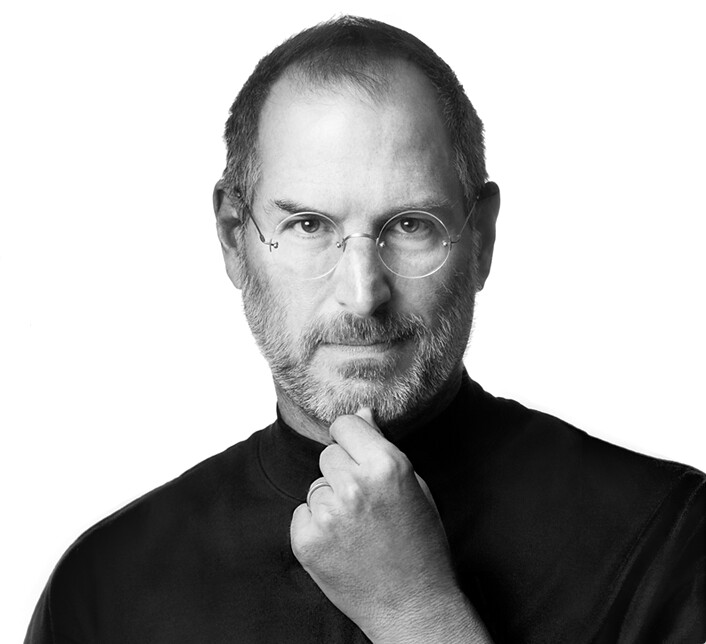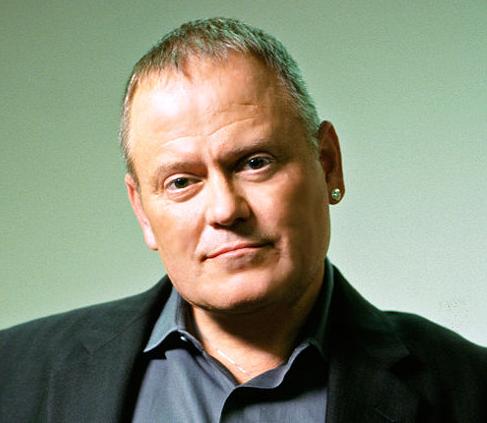Steve Jobs: The tech visionary who created such a lasting legacy
Success and struggle are just like two sides of the same coin. A man who used to return Coke bottles to earn 5¢ to buy food, and walk 7 miles every Sunday night to get one good meal a week at the Hare Krishna temple created a legacy which is flourishing even after his death.
Steve Jobs the man behind MAC, iPad, iPOD and iPhone was abandoned by his biological parent, fired from his own company and suffered from cancer. Despite all these ups and downs he never lost focus and love for technology. Coming generations would hardly believe that it was one man who revolutionized music, smartphone and computer industry.
Steve always loved technology and even in college days he preferred practical knowledge over bookish knowledge. Jobs’ interest in electronics began to smoke up as he extended a helping hand to his father’s garage and began to befriend many engineers living in his neighborhood.
Love what you do
In his high school Steve Jobs approached Hewlett Packard and asked for some parts for his school project. The boy’s boldness impressed him and he not only agreed to provide the parts but also offered him an internship at his office. This was indeed a great opportunity for Jobs to formally step into the techno world. While interning for Hewlett Packard he met Steve Wozniak who worked as an engineer there. Wozniak was very passionate about technology like Jobs and they both became friends to change the face of technology in the coming future.
Jobs then got entangled with his higher studies and finally admitted himself in Reed College. But it seemed he could not find his place there and therefore dropped out from the college after first semester. His inclination towards spirituality tempted him to visit India, yet the love for electronics never faded away.
Beginning the journey with Apple
After he returned from India, Steve Jobs contacted Wozniak who then was busy in building a small computer. The idea caught up Jobs’ far sighted eyes and he proposed to take this computer into the business world with him. After convincing Wozniak they arranged to set up a shop at his father’s garage and named their business ‘Apple’. We therefore see how this topmost company sprouted from a garage. But as is the way of life, nothing goes smooth and easy and the task to collect seed money to start the business stood like a gigantic monster in front of them. Jobs sold his micro bus and Wozniak his calculator to make an investment of $1350. And this is how they introduced Apple I in 1975.
Although the computer could only get attention of hobbyists yet the sales collected decent amount of cash which gave them a way to redesign the computer into a better model. After 2 years, Apple II was launched in the market with coloured graphics and keyboard. The computer hit the market making huge success and made $3 million in its first year while the sales went up to $200 million in the next year. The success of Apple II marked a benchmark in the career of Steve Jobs.
Facing a downfall
Undoubtedly Apple II was a great success for Jobs but he failed to retain it for long. However, he did not put a pause to his efforts in introducing new designs and techniques to his computers but his efforts failed every time. The sales started decreasing with Apple III and LISA as new companies like IBM began to take over the market. But he never backed out and in 1984 Jobs brought another design in the market and named it as Apple Macintosh which came with a new user-friendly hardware, a mouse. But even this enhancement could not save him.
Jobs’ troubles didn’t seem to end here as the clash with his company’s board of directors in 1983 resulted in his losing of control over Apple in 1985. And eventually he had no other option than to sell his shares and resign. The irony of life could be exemplified best with this situation as Jobs was kicked out of the very company he founded.
NeXT
Stagnation was never meant for Steve Jobs and thus after resigning from Apple he launched another computer company named NeXT. But his aim to bring a revolution in the technical field did not come out as expected since the computers were highly expensive. Meanwhile, he also bought Pixar Animation Studios in 1986 which became the most important stepping stone in his career. With Pixar he made an animation film ‘Toy Story’ which was a smash hit. The great success of ‘Toy Story’ raised Pixar’s 80% shares to $1 billion.
Stay Hungry. Stay Foolish
Just after Pixar was made public, Apple bought NeXT for $400 million and gave Jobs a position as an advisor to the company’s CEO. But the company faced a failure in keeping up its old position and dealt with a quarterly loss of $708 million. As a result of this, the then CEO of Apple resigned from his position and Steve Jobs got back hold of the company by seating himself as the new CEO of Apple. He raised the company value by signing deal with Microsoft and also brought in new technology fronts in the computers. In no time the company’s sales revived and reached to $5.9 billion. Jobs then expanded the company with new products like iPod, iPhone and iPad. However, struggling with ill health Jobs resigned from his position as CEO in 2011.
Steve Jobs’ journey could be summed up in his own words uttered at Stanford University in 2005. His success could be traced by “connecting the dots” of the events that took place. Every turn of his life proved to be of immense importance at some point later. From taking the risk to drop out from the college to resigning from his own company, his decisions led him to better prospects. And his mantra of life, “keep looking, don’t settle” unless you are truly satisfied with what you are doing is worth adopting. It was his relentless efforts and uncompromising attitude that made him the pioneer of techno world. The legacy still continues with latest iPhone 7 and AirPods.
Jobs historic Standford address about life, love and loss
“If today were the last day of my life, would I want to do what I am about to do today?”





.jpg)
